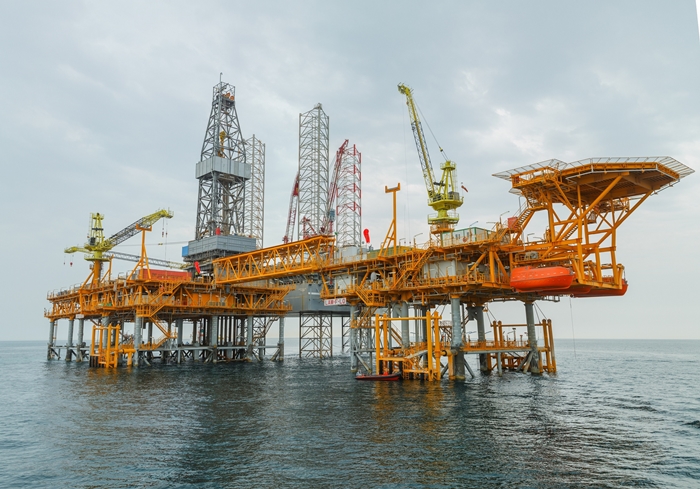U.S. Energy Information Administration has issued an updated report titled “Regional Analysis Brief: Caspian Sea”. The report analyzes energy in the Caspian Sea region, focusing both on energy production and resources offshore in the Caspian Sea itself. It also provides an energy overview of several coasta countries of the Caspian Sea (Azerbaijan, Kazakhstan, and Turkmenistan).
Here are the key points related to oil and gas sector of Turkmenistan:
Turkmenistan’s proved oil reserves totaled 600 million barrels as of January 1, 2025.
Crude oil and liquid petroleum fuels production in Turkmenistan totaled an estimated 275,000 b/d in 2024, and consumption was 154,000 b/d in 2024.
Turkmenistan’s proved natural gas reserves totaled 400 Tcf as of January 1, 2025, which are the fifth-highest in the world.
In Turkmenistan, dry natural gas production was 3.0 Tcf, and consumption was 1.6 Tcf in 2023.
Turkmenistan’s national gas company, Türkmengaz, operates the Galkynysh Gas Field, the world’s second-largest natural gas field based on reserve volume. The Galkynysh has an estimated 953.5 Tcf in reserves, which includes unproven reserves, and an estimated 3.2 Bcf/d of production from 45 wells.
Development of the Galkynysh field cost Turkemenistan $10 billion and was partially financed by an $8 billion targeted loan from China. Galkynysh is still in its first production stage, so production likely will increase in the future with additional drilling.
The Galkynysh produces a sour natural gas containing hydrocarbon gas liquids. It has two sour natural gas and condensate processing complexes that have a total processing capacity of 1.0 Tcf per year. The field also has at least three natural gas treatment and sulfur handling facilities, and each has production capacity of 0.4 Tcf per year.
Energy Overview of Caspian Regional Countries
Petroleum production in the offshore Caspian accounted for 1% of global petroleum supplies [over 1 million barrels per day (b/d)] and almost 3% [over 4 trillion cubic feet (Tcf)] of global natural gas supplies in 2022.
OPEC+ member Azerbaijan was the top producer of oil and natural gas from offshore Caspian Sea fields, and almost all of its petroleum and natural gas production in 2022 came from offshore in the Caspian Sea.
Kazakhstan, also an OPEC+ member, was the second-highest petroleum producer from offshore fields in the Caspian Sea, with 15% (0.28 million b/d) of its total production produced offshore.
Kazakhstan, Turkmenistan, and Uzbekistan also have considerable energy resources and production located onshore that are not included as part of their Caspian Sea totals. Large fields such as the Tengiz field in Kazakhstan, often associated with the Caspian, are located onshore and are not included in Kazakhstan’s Caspian Sea totals.
In 2023, the four Caspian countries (Azerbaijan, Kazakhstan, Turkmenistan, Uzbekistan) accounted for 3% of global energy production [16.0 quadrillion British thermal units (quads)] and 1% of global energy consumption (8.1 quads). Kazakhstan accounted for almost one-half of the region’s energy production and consumption.
Turkmenistan was the world’s 11th-highest natural gas producer, and Uzbekistan was the 17th-highest natural gas producer in 2023; almost all of their reserves and production were onshore.
The full text of the report is available here:
///nCa, 12 February 2025
